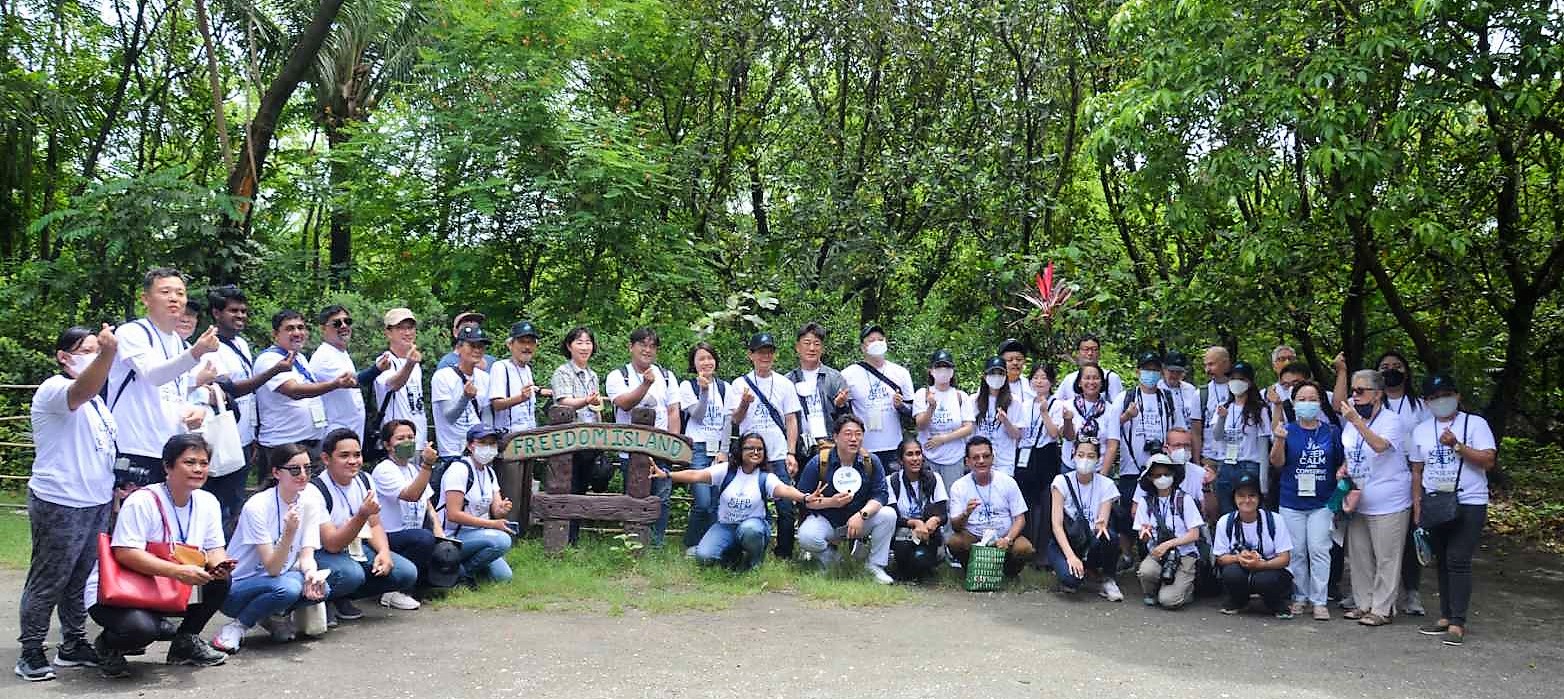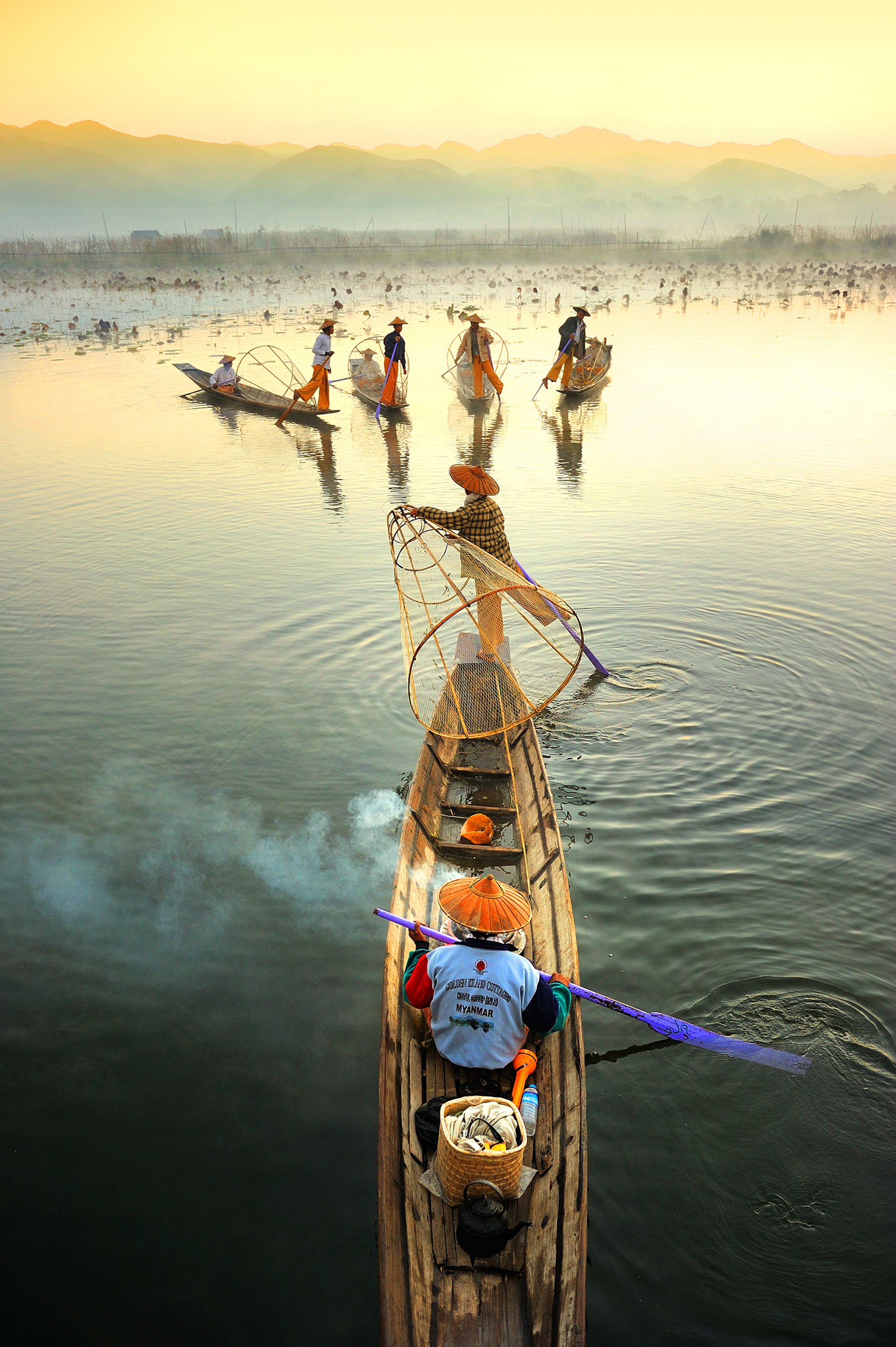What’s New
Duration: 2019-2023
Background
The ASEAN’s wetlands provide ecosystem functions that are valuable to food security, livelihood, adaptation to climate change, nutrient cycling, among others. A good indicator for biodiversity health of wetlands is birds, in particular migratory waterbirds, which use these ecosystems as staging or feeding sites along the path of their flyway.
The ASEAN region lies at the heart of the East Asian-Australasian Flyway (EAAF), one of the major flyways in the world which supports the annual migration of 50 million waterbirds as they journey between the northern arctic breeding grounds in Russia and non-breeding grounds of Southeast Asia, Australia, and New Zealand. The network of coastal and inland wetlands along this flyway is one interconnected system that cross country boundaries, and is crucial for the survival of the migratory waterbirds. The ASEAN cooperation is therefore seen as an effective approach to conserve and protect these wetland habitats in the EAAF and the migratory waterbirds they support.
To address the transboundary nature of the conservation of migratory waterbirds and important coastal and inland wetlands along the EAAF in ASEAN, a regional cooperation project was launched in 2018 entitled, Improving Biodiversity Conservation of Wetlands and Migratory Waterbirds in the ASEAN Region. The project was envisaged as a two-phase initiative, in which Phase I began in 2018, with the support from the Japan-ASEAN Integration Fund (JAIF) and Singapore, as the lead country.
The key results of Phase I include: (a) enabled effective networking within ASEAN Member States to learn and collaborate on conservation of wetlands and migratory waterbirds through annual ASEAN Flyway Network (AFN) meetings, allowing a stronger ASEAN representation in the 10th Meeting of Partners (MOP) of the East Asian-Australasian Flyway Partnership (EAAFP); (b) opportunity to conduct national planning workshops to identify priorities and challenges to improve the conservation and management of migratory waterbirds and their habitats; and (c) addressing information gaps across ASEAN on existing flyway network sites, potential sites, and priority coastal areas.
To improve the knowledge of wetlands and migratory waterbirds in AMS, existing and potential flyway network sites across the region are undergoing simultaneous conduct of waterbird census and wetland assessment surveys. The survey activities are being implemented during the varying migratory season of the flyway sites and/or their recommended survey timeline. The surveys also include the identification of wetlands of international importance for migratory waterbirds by conducting a series of waterbird count in selected priority coastal areas in Indonesia, Malaysia, Viet Nam, and the Philippines. The implementation of these survey activities began in March 2019 and will end on December 2019.
#



